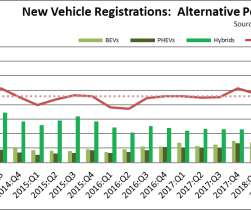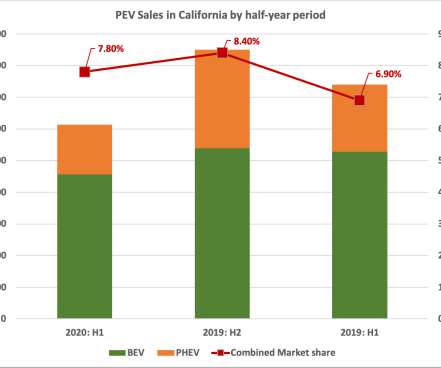EPA publishes 16th national US GHG inventory; emissions in 2009 dropped 6.1%
Green Car Congress
APRIL 18, 2011
The final report shows overall emissions during 2009 decreased by 6.1% This downward trend was attributed to a decrease in fuel and electricity consumption across all US economic sectors. Total emissions of the six main greenhouse gases in 2009 were equivalent to 6,633 million metric tons of carbon dioxide. from 1990 to 2009.




































Let's personalize your content